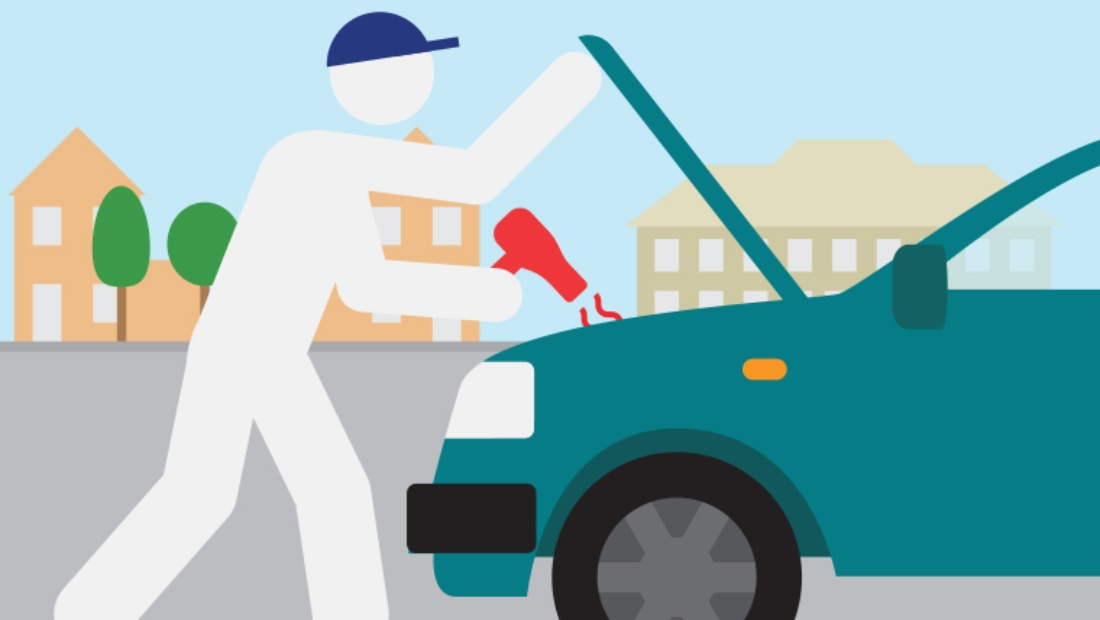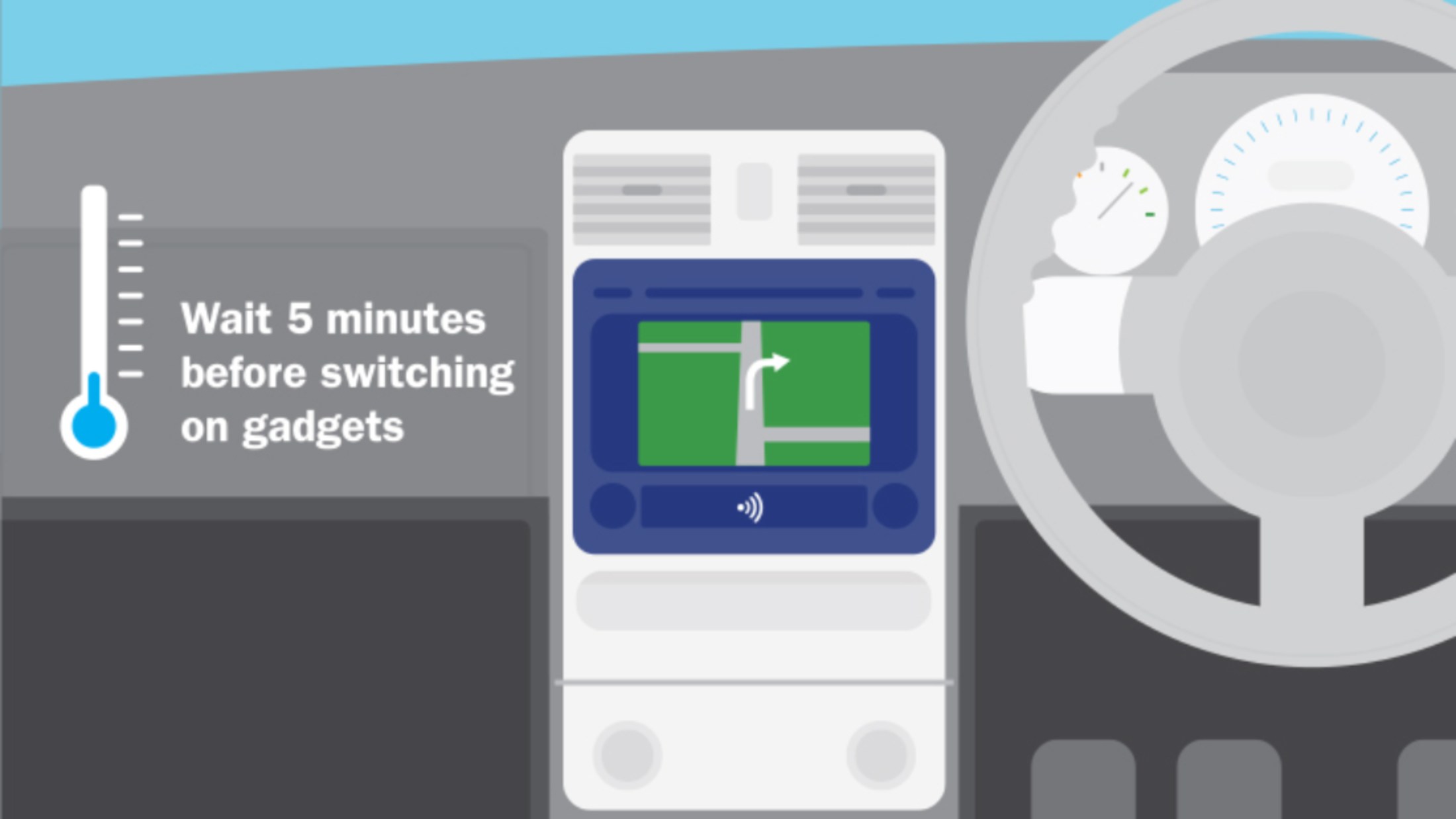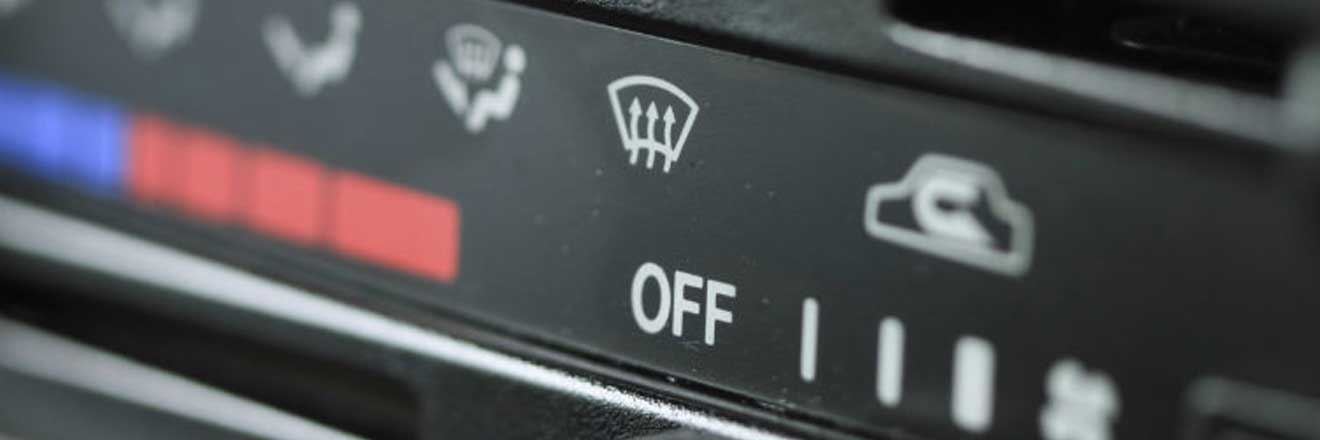Cold weather can play havoc with a car’s engine and electrics. Here’s a few simple tips to help get your journeys off to a smooth start this winter and avoid claiming on your car insurance.
The winter months pose lots of challenges to a car’s reliability. From frozen liquids to greater demands on the battery and alternator, cold weather makes it harder for a vehicle to run at full efficiency.
That's why it's important to do everything you can to minimise the strain placed on individual components, regardless of your car’s age or condition.
Older cars
Cars built before the mid-1990s typically have manual chokes, which regulate the fuel/air mixture reaching the engine. This means the driver can start off with a higher level of fuel while the engine is cold, before gradually lowering the ratio once it’s warmed up. On a frosty morning, full choke is recommended to ensure the engine instantly receives a healthy dose of fuel.
Older spark plugs were notorious for failing in cold weather, with moisture preventing them from firing properly. Warming them on the stove or drying them with a lint-free cloth is a good way to combat this problem. The battery units in older cars are also less likely to recharge quickly while driving, so a portable recharging unit may be a worthwhile investment.

Modern cars
Modern cars are packed with technological solutions to help you start up in cold weather. Automatic chokes are universal (and can be boosted with 10 seconds of light throttle on start-up), while heated windscreens and mirrors rapidly shift even stubborn ice deposits. Lights often come on automatically in the dark, so it's best to give your car a moment to activate these before switching on the warm air.
Diesel fuel can sometimes start to congeal in cold weather, although most UK petrol retailers sell diesel that will work at up to -15°C. Some car manufacturers fit heating elements to their diesel fuel filters to prevent coagulation, but if your car isn't fitted with one of these then you may find it helpful to use an engine block heater (or a hair dryer, if you need to improvise!), which will make the fuel thin enough for you to start the car.

General advice
If you have a garage, this can be a really valuable way of protecting your car from winter weather, helping to prolong the life-span of its parts. Try not to leave your car unused for more than a few days in cold weather, and turn off all electrical appliances at the end of each journey to aid the next start-up. Always remove snow from the bonnet before turning the ignition key.
On freezing mornings, ensure the car has five minutes to warm up and fully demist the windows before setting off. This also gives the automatic choke time to deactivate – you may notice the rev counter dropping from 1,500rpm to around 800rpm once the engine is warmed through. Don’t stop and start the engine while it’s still cold; this places real strain on the alternator and battery, which will already be working hard to power the ventilation, lights and heated windows/mirrors/seats. To preserve the alternator and battery, leave non-essential gadgets like the radio and sat-nav off for a few minutes.





